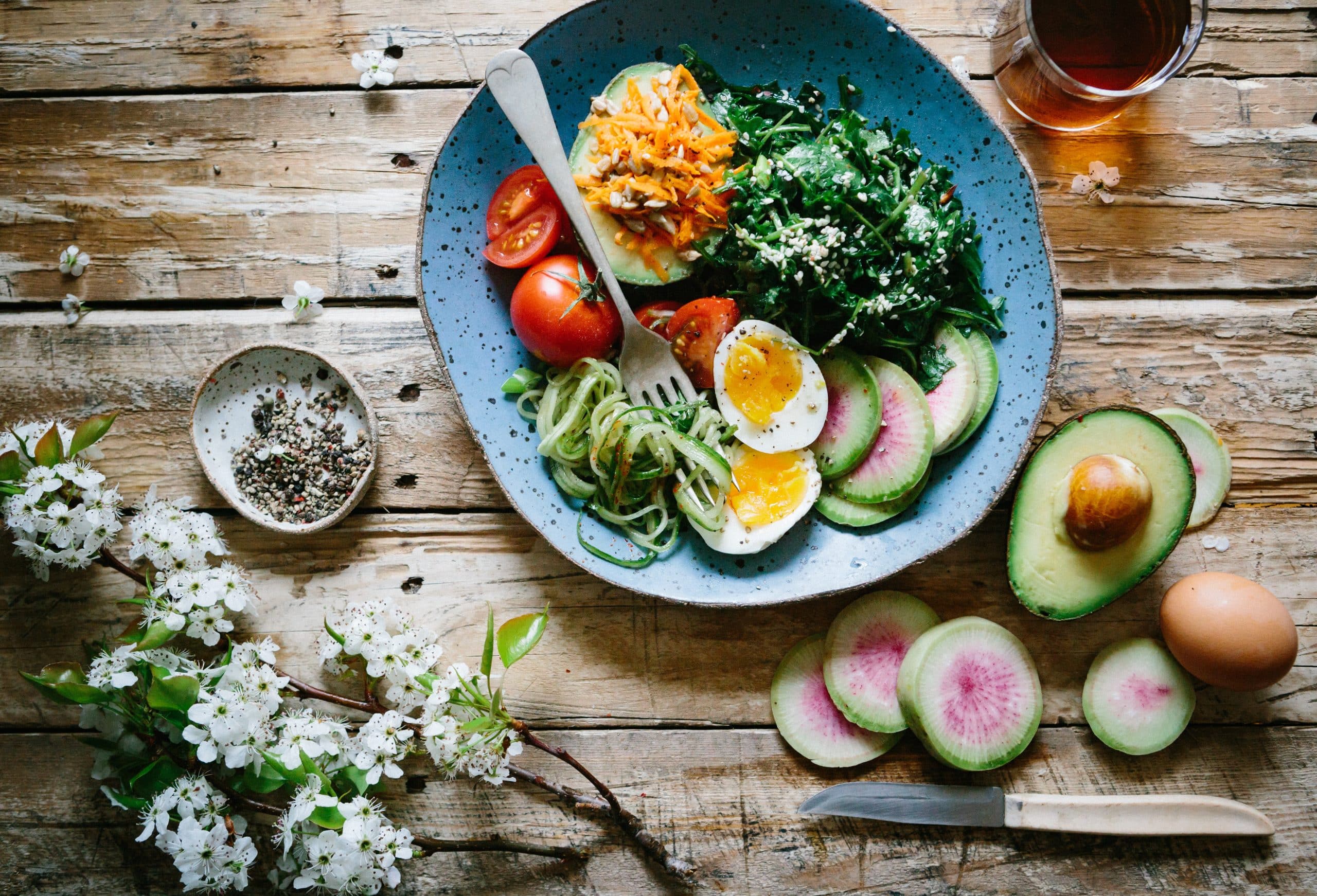
What are the essentials of a paleo diet meal plan?
The Paleo Diet, also known as a Paleolithic or Caveman Diet, has gained substantial recognition in the health and wellness sphere. This popular eating plan is predicated on the idea of consuming foods that our ancestors were presumed to have eaten during the Paleolithic era. This dates back some 2.5 million to 10,000 years ago. You’re encouraged to indulge in protein-rich foods, fruits, vegetables, and healthy fats, while steering clear of processed foods, refined sugars, and grains. But what does a day on the Paleo plate look like? How does this diet help in promoting health and weight maintenance? Let’s delve into the essentials of a Paleo diet meal plan.
Breakfast on the Paleo Diet
Starting your day with a Paleo breakfast is not as daunting as it may initially seem. Paleo diet adherents usually kick off their day with a protein-rich meal. The idea is to keep the meal simple yet satiating, making sure it aligns with the Paleo philosophy.
En parallèle : What’s the best way to cook a whole chicken?
A typical Paleo breakfast might include eggs scrambled with vegetables like spinach, bell peppers, and onions. You could also opt for a vegetable omelet, adding in some chicken or turkey for extra protein. Smoothies made with berries, almond milk, and a scoop of protein powder can also be a quick on-the-go option. Remember the golden rule: keep it natural, keep it fresh.
Lunch Ideas for Your Paleo Meal Plan
The key to a successful Paleo lunch is planning ahead. Many people working a 9-5 job find it challenging to stick to a Paleo diet due to limited lunch options. However, with a bit of foresight and preparation, you can easily overcome this hurdle.
Cela peut vous intéresser : How to make authentic french ratatouille?
Grilled chicken or turkey salad with lots of colorful vegetables is a standard go-to Paleo lunch. For a twist, add some slices of avocado for healthy fats. If you prefer seafood, a shrimp or salmon salad could be a pleasant change. You can also explore other protein-rich foods like beef or pork. Pair these with a side of fresh vegetables or fruits to complete your nutritious and delicious Paleo lunch.
Paleo-Friendly Dinner
After a long day, you want to sit down to a comforting yet healthy dinner. Again, Paleo offers plenty of options to satisfy your taste buds while maintaining the diet’s guidelines.
A popular dinner choice is a lean cut of meat, like chicken breast or steak, with a side of roasted vegetables. You might also consider a stir-fry made with your choice of protein and a variety of vegetables. Don’t be shy about exploring different seasonings and herbs to add flavor to your meals. Healthy fats like coconut oil or olive oil can also be included in your Paleo dinner, making your meals not just tasty but also heart-friendly.
Paleo Snacks and Desserts
One of the biggest misconceptions about the Paleo diet is the lack of snack and dessert options. Contrary to popular belief, you can eat between meals and still stay true to your Paleo eating plan.
Paleo-approved snacks can include raw nuts, fresh fruits, and hard-boiled eggs. For your sweet tooth, dark chocolate is often allowed, given its rich antioxidant content. Also, consider desserts made with almond flour or coconut flour, sweetened with honey or pure maple syrup. These can help satisfy your cravings without straying from your diet plan.
Health Benefits of the Paleo Diet
The Paleo diet is not just about weight loss; it’s also linked to several health benefits. By eliminating processed foods, refined sugars, and grains, you aid your body in functioning more efficiently.
High protein intake can help build and repair tissues, making you stronger. Fruits and vegetables are rich in antioxidants, vitamins, and minerals, which can boost your immunity. Healthy fats can improve heart health and reduce the risk of heart disease.
The Paleo diet can also help to stabilize blood sugar levels, reduce inflammation, and promote better digestion. Remember, a Paleo diet meal plan is not just about what you eat, but also about adopting a healthier lifestyle.
In conclusion, a Paleo diet meal plan revolves around high-quality proteins, a rainbow of fruits and vegetables, and heart-healthy fats. It encourages you to eat clean, stay active, and listen to your body’s needs. Whether you are looking to lose weight or simply improve your overall health, the Paleo diet offers a flexible and sustainable approach to eating well.
Paleo Diet Meal Prep
One of the primary essentials of a Paleo diet meal plan is to prepare meals in advance. Meal prep ensures that you have paleo-friendly options available, reducing the chances of deviating from the diet due to time constraints or lack of options.
When meal prepping for a Paleo diet, consider making larger portions of your favorite recipes so that you can have leftovers for subsequent meals. For instance, grilling a batch of chicken or cooking a large pot of vegetable soup can provide several meals throughout the week. Also, consider preparing versatile foods that can be included in various meals, such as roasted sweet potatoes or steamed vegetables.
You can also prepare snacks in advance. Small snack-sized bags of raw nuts or seeds, pre-cut fruits and vegetables, or hard-boiled eggs are quick and easy options.
A shopping list is a must for successful meal prep. Plan your meals for the week, jot down all the necessary ingredients, and stick to the list during your grocery shopping. The list should be filled with high-quality proteins, a variety of fruits and vegetables, healthy fats, and paleo-approved carbs like sweet potatoes.
Remember, the goal here is to make your Paleo meal plan easy to follow by preparing in advance. This way, you won’t feel overwhelmed by the need to cook a Paleo meal from scratch every time you get hungry.
The Impact of the Paleo Diet on Weight Loss and Blood Sugar Levels
One of the significant benefits of the Paleo diet is its potential for weight loss. This diet is inherently low in carbs and high in protein, making it an effective strategy for weight loss. Proteins increase the feeling of fullness, reducing hunger and leading to a lower calorie intake.
Moreover, excluding processed foods and sugars from your diet aids in weight loss. These foods are often high in calories but low in nutritional value. By replacing them with nutrient-dense, whole foods, you can create a calorie deficit necessary for weight loss while still meeting your nutritional needs.
Aside from weight loss, the Paleo diet could also have a positive impact on your blood sugar levels. Diet plays a crucial role in blood sugar management, and by eliminating processed foods and sugars, the Paleo diet can help manage and stabilize your blood sugar levels.
In conclusion, the Paleo diet meal plan offers a clean and nutritious approach to eating. It encourages the consumption of nutrient-dense, whole foods while eliminating unhealthy, processed foods. This diet can not only help in weight loss but also in stabilizing blood sugar levels, making it an excellent choice for overall health and wellness.
